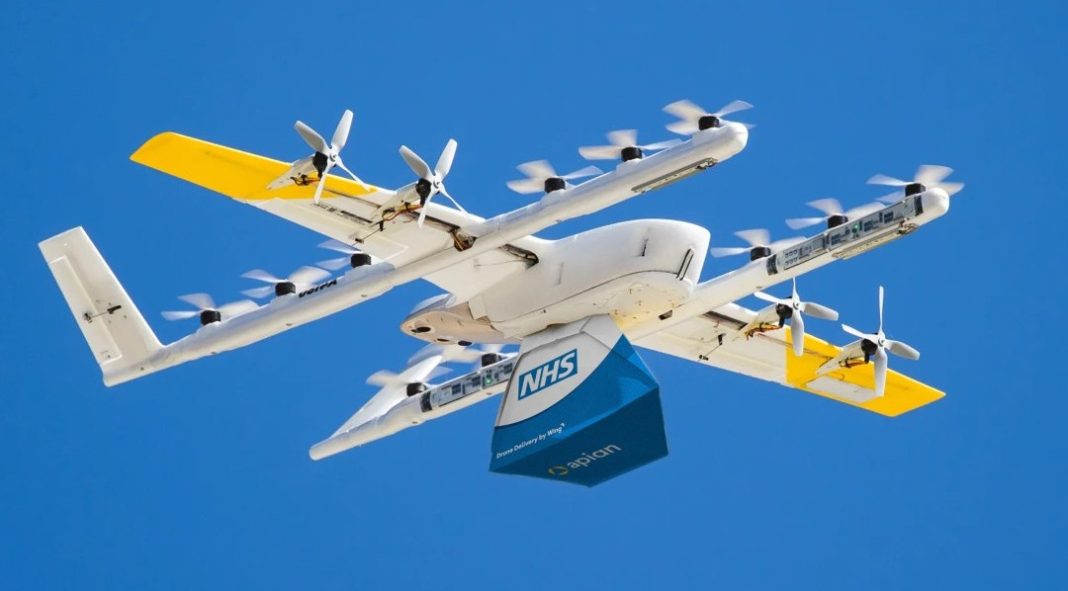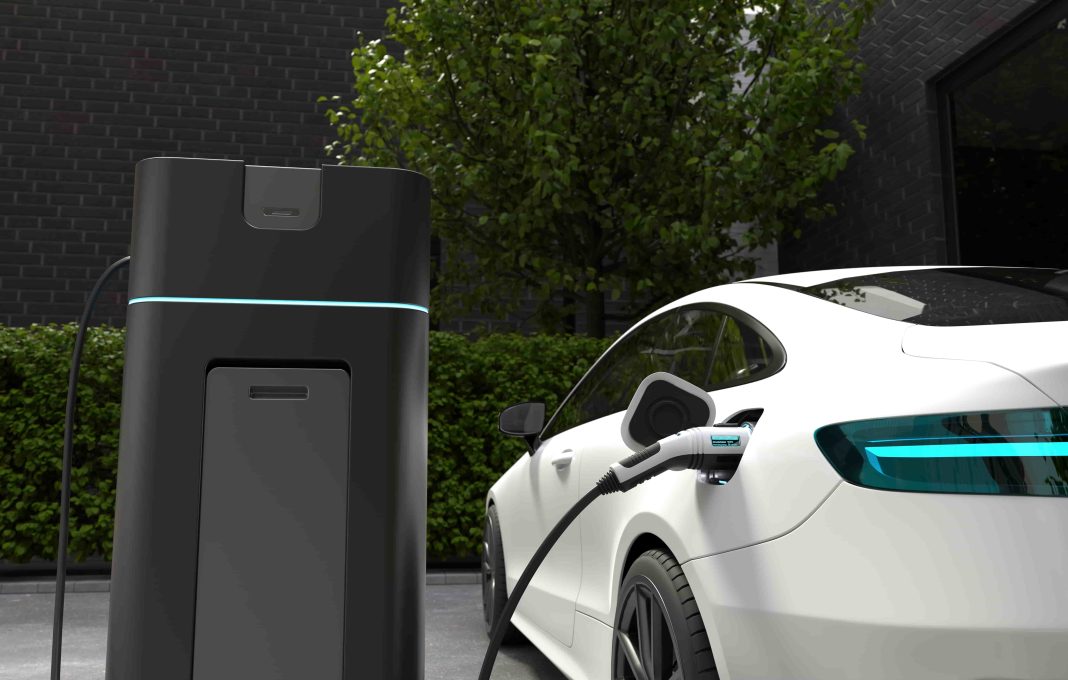Imagine critical medical testing delayed by traffic congestion. Now imagine test samples flying swiftly above London’s streets. Thanks to the innovation of drone delivery in healthcare, this vision is becoming a reality. NHS hospitals like Guy’s and St Thomas’ are leading a transformation that’s redefining how care is delivered, leveraging this new technology to improve outcomes and reduce waiting times.
The Need for The use of drones in healthcare
Hospital systems operate under relentless pressure, particularly when it comes to diagnostics. Blood samples from high-risk patients often experience delays of 30 minutes or more due to traffic. This delay can compromise timely diagnoses, impacting patient care significantly.
At Guy’s and St Thomas’ NHS Foundation Trust, road congestion has long hindered efficient blood transport. In response, they’ve embraced drone delivery in healthcare to ensure faster delivery times and better results for patients and clinicians alike.
Faster Results with Drone Delivery in Healthcare
The adoption of drone delivery in healthcare is proving to be a revolutionary leap. Instead of relying on traditional road couriers, drones now carry samples between medical sites in as little as two minutes. This cutting-edge system ensures clinicians receive timely test results, enabling quicker and more accurate treatment decisions.
This breakthrough is made possible by a partnership between Guy’s and St Thomas’, drone specialists Apian Aero, and global delivery tech leader Wing. Their collaboration demonstrates how digital innovation can streamline healthcare logistics and lead to quicker recoveries for patients.
How Drone Delivery in Healthcare Works
Modern The use of drones in healthcare systems are engineered for precision and safety. These drones are specially designed to transport sensitive medical cargo, such as blood and tissue samples, without contamination or delay.
Equipped with secure containment systems and GPS-guided navigation, drones safely bypass road traffic and deliver directly to labs. This reduces human handling, ensuring the samples arrive in pristine condition. Their ability to maintain consistent environmental conditions also improves test accuracy.
Benefits of The use of drones in healthcare
For patients, the benefits of drone delivery in healthcare are immediate and measurable. Shorter wait times for diagnostics allow for earlier treatments, reducing complications and length of hospital stays. High-risk patients such as those in intensive care stand to benefit the most from this rapid transport system.
From a clinician’s perspective, quicker lab turnaround times enhance decision-making. Hospitals also benefit from reduced transport costs and the ability to allocate staff more effectively. By cutting delays, hospitals can provide higher quality care without incurring additional operational expenses.
Explore NHS Innovation Projects
A Strategic Move Toward a Modern NHS
The integration of The use of drones in healthcare aligns with the UK’s 10 Year Health and Care Plan, a vision to modernize the NHS through innovation and sustainability. The plan supports emerging technologies that elevate patient care, reduce pressure on hospitals, and improve operational efficiency.
Government support for such advancements ensures drones are not a novelty but a viable, long-term solution. As the NHS continues to digitize and streamline, drone logistics could soon be standard in modern hospitals across the country.
Read about the NHS 10-Year Plan
Overcoming Challenges in The use of drones in healthcare
Implementing The use of drones in healthcare does come with obstacles. Weather conditions, air traffic regulations, and public concern over drones in urban spaces are real challenges. However, engineers are designing drones to withstand rain and wind, while strict compliance with Civil Aviation Authority rules ensures flight safety.
Efforts are also underway to educate the public about drone safety and privacy. Demonstration flights, community engagement, and transparent communication are key to building public confidence in this futuristic service.
Expanding the Role of Drone Delivery in Healthcare
While current applications of drone delivery in healthcare focus on transporting blood samples, the possibilities extend much further. In the near future, drones could be used for delivering organs, prescription medications, and even vaccines particularly beneficial in remote or underserved areas.
Rural NHS hospitals often face long distances to labs and pharmacies. Drones can bridge that gap, offering equitable care access and accelerating emergency responses. Multiple NHS trusts are already piloting these broader applications, setting the stage for nationwide implementation.
Setting a Global Standard in The use of drones in healthcare
London’s successful adoption of The use of drones in healthcare is attracting international attention. Urban areas worldwide, from New York to Tokyo, are evaluating how similar systems could address their healthcare delivery challenges.
In Africa, Zipline a global leader in drone logistics has already demonstrated how drones can distribute life saving supplies to remote clinics. London’s urban model builds on this foundation, showing how drone technology can work even in densely populated environments.
From here you can find more NHS news Restructuring NHS: Leadership shake-up and staff cuts
Why Drone Delivery in Healthcare Matters
Ultimately,The use of drones in healthcare is not just a technological novelty it’s a transformative shift in how we approach care. For patients awaiting critical results, it can be the difference between uncertainty and timely treatment. For hospitals, it means leaner operations and better outcomes.
This innovation represents the future of healthcare logistics. As digital transformation continues to sweep through the NHS, expect drones to become as essential as ambulances. The sky, quite literally, is the limit.
news resource from NHS England



